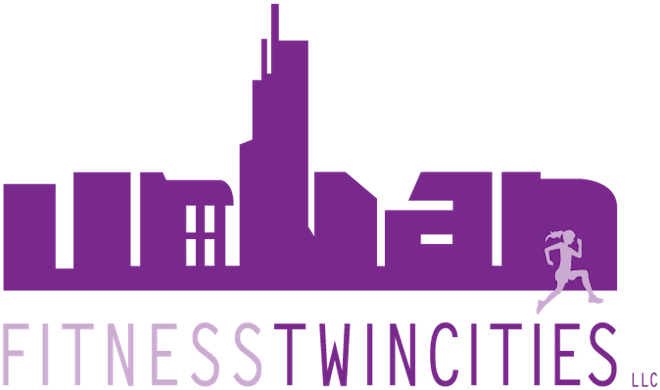Jumping is good for your bones and nothing to be scared of if done correctly!*
As we get older, we become more afraid of jumping. However, when done carefully and correctly, jumping can be very good for us. It helps improve our bone density and, therefore, can help reduce the severity of osteopenia or osteoporosis and similar bone problems. Unless you have other injuries that may be effected by it, jumping is also one of those things that, if you don’t ever stop doing it (correctly), you are less likely to hurt yourself doing it as you get older. The jumps we demonstrate in this video are very basic and are safe for almost everyone.*
If you really want to jump safely, then you must jump with proper form. This means keeping the joints of your body lined up as you do these movements. Good alignment of your pelvis, back, knees and ankles helps prevent injury all the time, but this benefit is increased when adding any impact to your movement, like when jumping.
Follow these alignment rules when jumping:
- Keep the center of your knees over your second toes when you bend your knees. (See picture below.) Do not let them fall out or in, as this puts pressure on your knee and ankle joints. If you are naturally turned out a little (i.e. your toes naturally point away from your center instead of pointing straight forward), then this rule is the same. If you aren’t certain where your knees are pointing, practice just bending and straightening your knees while looking in a full length mirror so you can see them before you start jumping.
- Drop your tailbone straight down to the floor. Do not let your butt go behind you. This means that your knees will go forward when you bend them. This is only dangerous if you stick your butt backwards. However, if you keep your rear over your heels (or slightly forward of that) so that your weight is more on the ball of your foot, and you send your knees forward when you bend them, you are protecting your spine, ankle and knee joints. Again, if you aren’t sure what your rear is doing when you bend your knees, stand sideways to a mirror and watch it in relation to your heels.
- Always bend your knees when you land. Your knees bending acts like shock absorbing spring. It is like dropping something on a cushion versus dropping something on a hard floor.
- Hold your abs in toward your spine to help support your spine.
Proper knee placement:

Tips for making these jumps even safer:
- Hold on to something stable for balance. Make sure it is sturdy enough that it won’t topple over if you grab it but also high enough that you aren’t forced to bend over to hold on to it. Bending over will compromise your form.
- Wear sturdy tennis or running shoes. Wearing shoes can help absorb some of the shock of jumping, however make sure your ankles are sturdy in the shoes so you don’t risk rolling them (especially if doing the one leg versions).
- Jump on a carpeted surface instead of cement. Once you get above a certain age (about 25-30), jumping on cement is never recommended. Dancers usually use special spring floors (floors that have some give) to protect their bodies when they jump. If you insist on jumping on a hard floor, make sure you are wearing shoes so you have at least some cushion.
Finally, Kaethe, our demonstrator for this video, is a professional ballet dancer and jumps everyday, so, out of habit, she started with the more difficult versions of the jumps we chose for this video. We advise you start with the easier versions before you try the more difficult.
*If you have a knee or ankle injury that you are recovering from please consult your doctor or physical therapist before your attempt any jumping. If you are in need of assistance walking or standing, jumping is not for you. If you are at all unsteady on your legs, but do not need assistance walking or standing, you may want someone near by when you start doing these exercises, just in case.
Want someone to check your jumping form for you? Schedule your free 90 minute consultation.
 Addie Kelzer is a certified personal trainer and nutrition consultant. She believes that by making fitness and good food practical, her clients will hold the power to positively change their health and the health of those closest to them.
Addie Kelzer is a certified personal trainer and nutrition consultant. She believes that by making fitness and good food practical, her clients will hold the power to positively change their health and the health of those closest to them.
